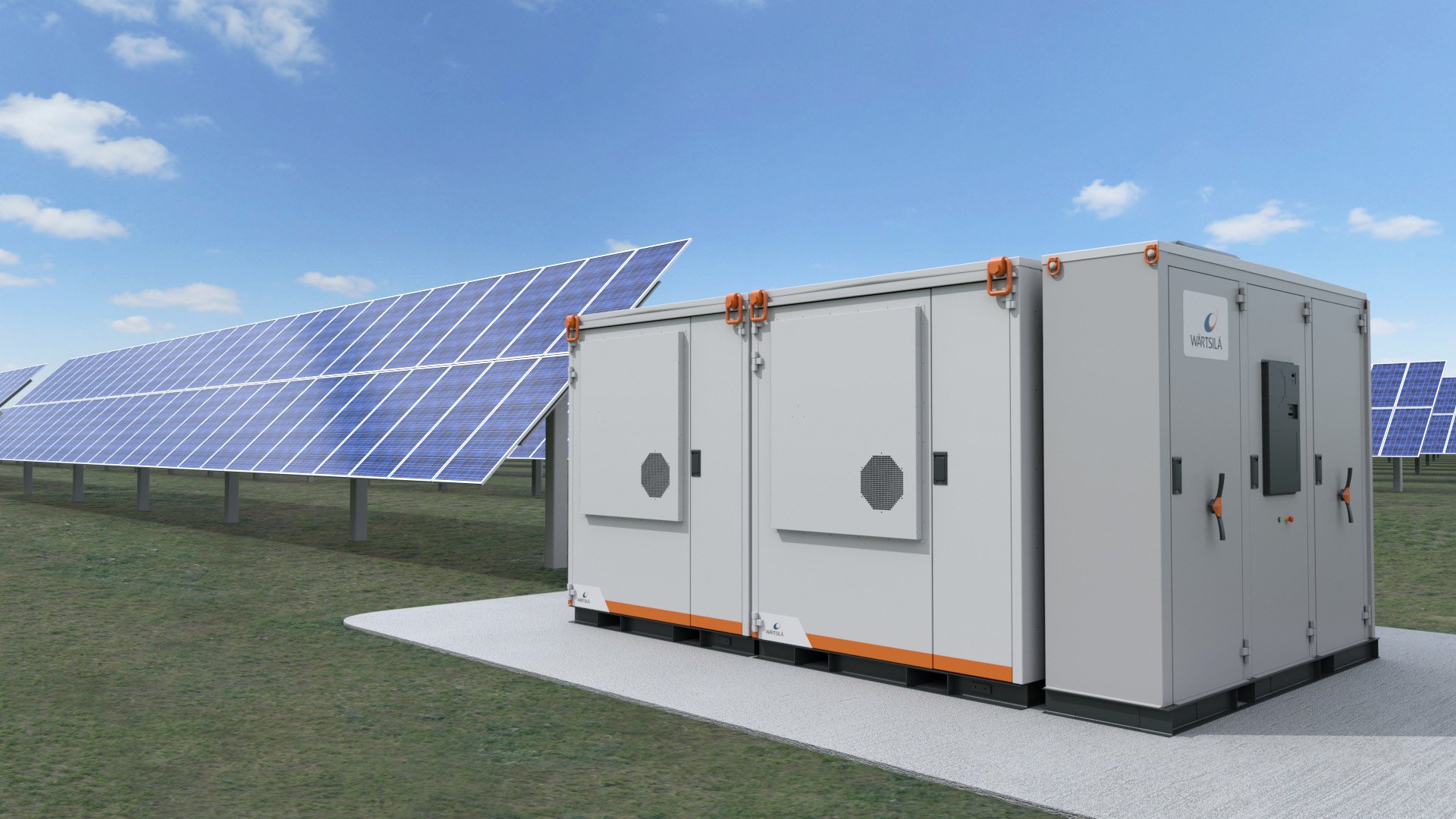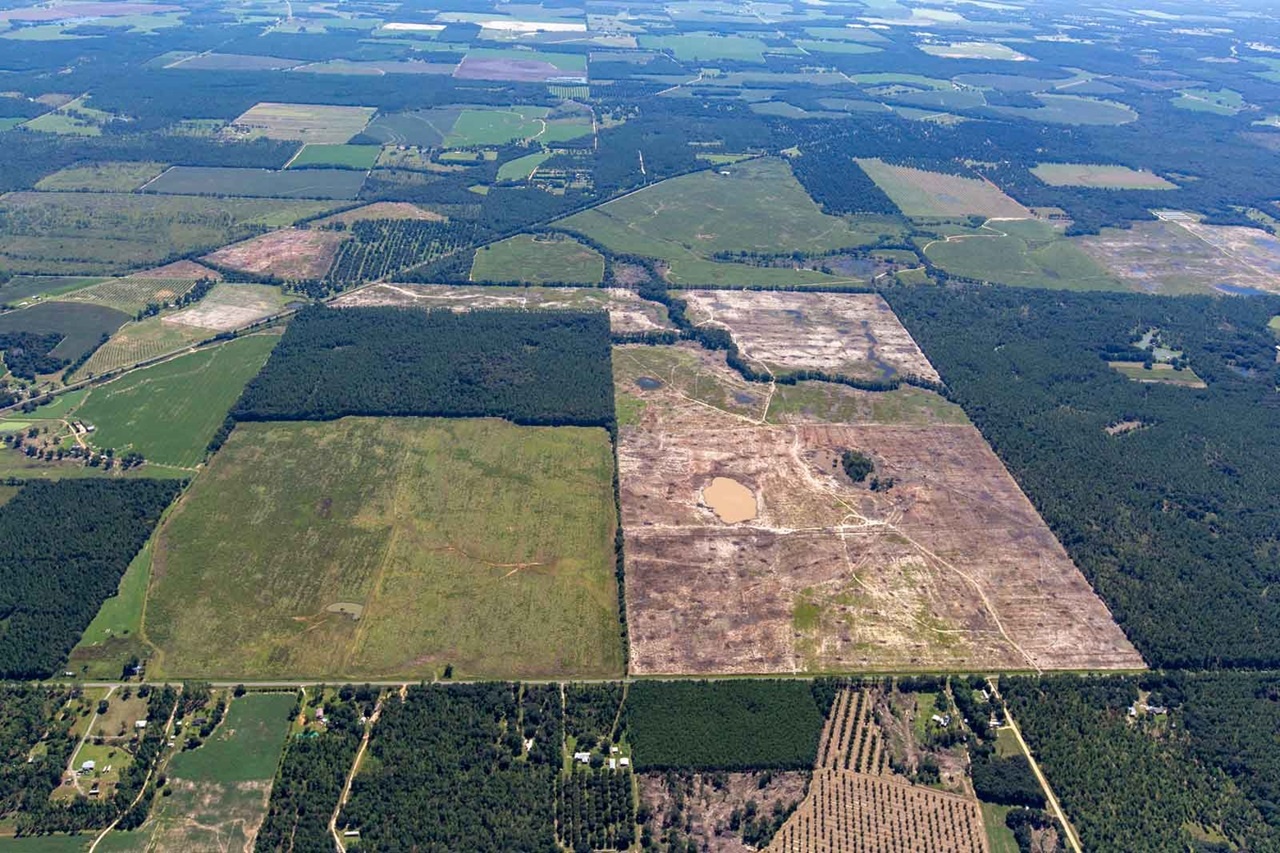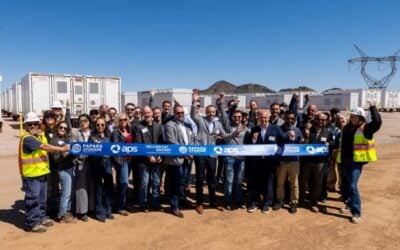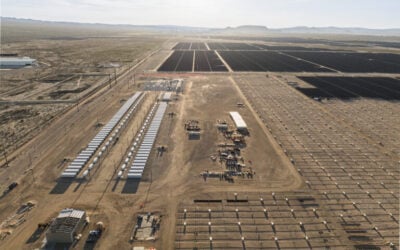
Hickory Park Solar project, a 200MW PV power plant in the US state of Georgia, will be equipped with a battery energy storage system that allows the local utility company to maximise the benefit of the renewable resource.
Technology provider and system integrator Wärtsilä has been awarded a contract by the plant’s owner and operator RWE Renewables to supply a 40MW / 80MWh DC-coupled solar-plus-storage system that includes the controls platform to manage and optimise the operation of the entire plant.
Enjoy 12 months of exclusive analysis
- Regular insight and analysis of the industry’s biggest developments
- In-depth interviews with the industry’s leading figures
- Annual digital subscription to the PV Tech Power journal
- Discounts on Solar Media’s portfolio of events, in-person and virtual
While many solar projects around the world have batteries installed on the same site but act as separate resources (often called colocation), Hickory Park Solar is being described by Wärtsilä as a true hybrid resource, engineered to enable the solar to be made dispatchable and therefore simple to integrate into the local energy network.
Energy-Storage.news reported in November 2020 that construction work had begun on the solar project, which covers about 1,800 acres of land in Georgia’s Mitchell County by RWE Renewables, which signed a 30-year power purchase agreement (PPA) with utility Georgia Power Company to be Hickory Park’s off-taker a year before that.
Wärtsilä said yesterday that the battery storage solution equipment will arrive on site in September and should be up and running and in commercial operation within just two months, meaning that the whole project will have taken just two years from the signing of the PPA to commissioning.
At the time construction began, RWE Renewables, subsidiary to European energy company RWE Group, said it was the company’s first solar project in Georgia as well as being RWE’s largest solar-plus-storage facility in the US so far. While it is an early example of hybridisation, there are dozens of gigawatts of hybrid resources project proposals waiting in interconnection queues across the US and the DC-coupling of solar with storage is expected to become more and more prevalent.
At a recent session at the Energy Storage Summit USA, representatives of three regional grid operators said that they are all figuring out the best ways to enable their technical and market structures to recognise hybrid solar-plus-storage as distinct from colocated plants which might share a grid connection but operate independently of one another.

Technology solution in focus
The use of a DC-coupled solution, pairing the solar and storage together at inverter and power conversion level, enables greater system efficiency and lower balance of plant equipment costs for the project, as well as helping to capture peak solar output that typically gets ‘clipped’ in an AC solar plant design. The batteries can directly store power from the PV modules when solar generation would otherwise be in excess of what the grid connection allows for and instead put it into the grid when the network can accept it.
“For us, this is a milestone project of renewable integration involving solar PV plus energy storage, with the batteries being charged entirely from the solar system. It is one of the very few projects globally on this scale using DC-coupling,” Wärtsilä Energy’s VP of energy storage and optimisation, Andy Tang, said.
Wärtsilä’s GEMS digital energy platform — which the company has used for different kinds of energy projects including battery storage systems since acquiring the Silicon Valley outfit Greensmith Energy that created it a few years ago — will control the plant and enable that dispatchability.
The GEMS platform can optimise, monitor and synchronise the generation asset every 100 milliseconds, equipped with machine learning, real-time and historic data that can calibrate the generation to what is needed at any given time.
It’s also the first officially-announced deployment of Wärtsilä’s new software solution for automatically bidding the asset, called IntelliBidder. The technology basically takes all of the information available as collected by GEMS and matches it to what the customer wants to do, from marketing the energy stored into the asset in different revenue-generating opportunities to integrating renewable energy, against the management of the asset, for example assessing the degradation impact on the batteries’ cells of putting the system through the cycles needed to achieve those goals.
Wärtsilä Energy's general manager for data science and energy storage optimisation Luke Witmer said in a recent interview for our quarterly journal PV Tech Power that IntelliBidder can look at the pricing data, whether real-time or historically, for different ancillary services markets and assess which opportunities the battery system can pursue at any time, often operating in different markets simultaneously.
This ability to model “different dynamic changes in the markets all the time” will be applied in a different way for the Hickory Park Solar project, allowing Georgia Power to create a day-ahead firming profile for the solar-plus-storage system, in other words improving the predictability of the variable generation that comes from a solar PV plant.
“The flexibility and broad capabilities of the GEMS software enable effective and efficient control over the entire system, which is essential in this 80MWh project with the GridSolv Quantum ESS,” Andy Tang said.
The battery cells themselves are expected to be supplied by major Chinese manufacturer CATL, which uses lithium iron phosphate (LFP) chemistry for stationary energy storage customers. They will be integrated into a solution based on Wärtsilä’s recently-launched GridSolv Quantum energy storage system (ESS). GridSolve Quantum is designed to be modular and compact for ease of installation, low footprint and low cost of ownership, the company claims. The product was first deployed at a project in West Virginia completed last year to help a municipal utility lower transmission costs and reduce peak demand while playing in frequency regulation markets and several international and US project announcements have followed since, including its forthcoming use at two standalone battery projects adding up to 200MW of output in Texas.






